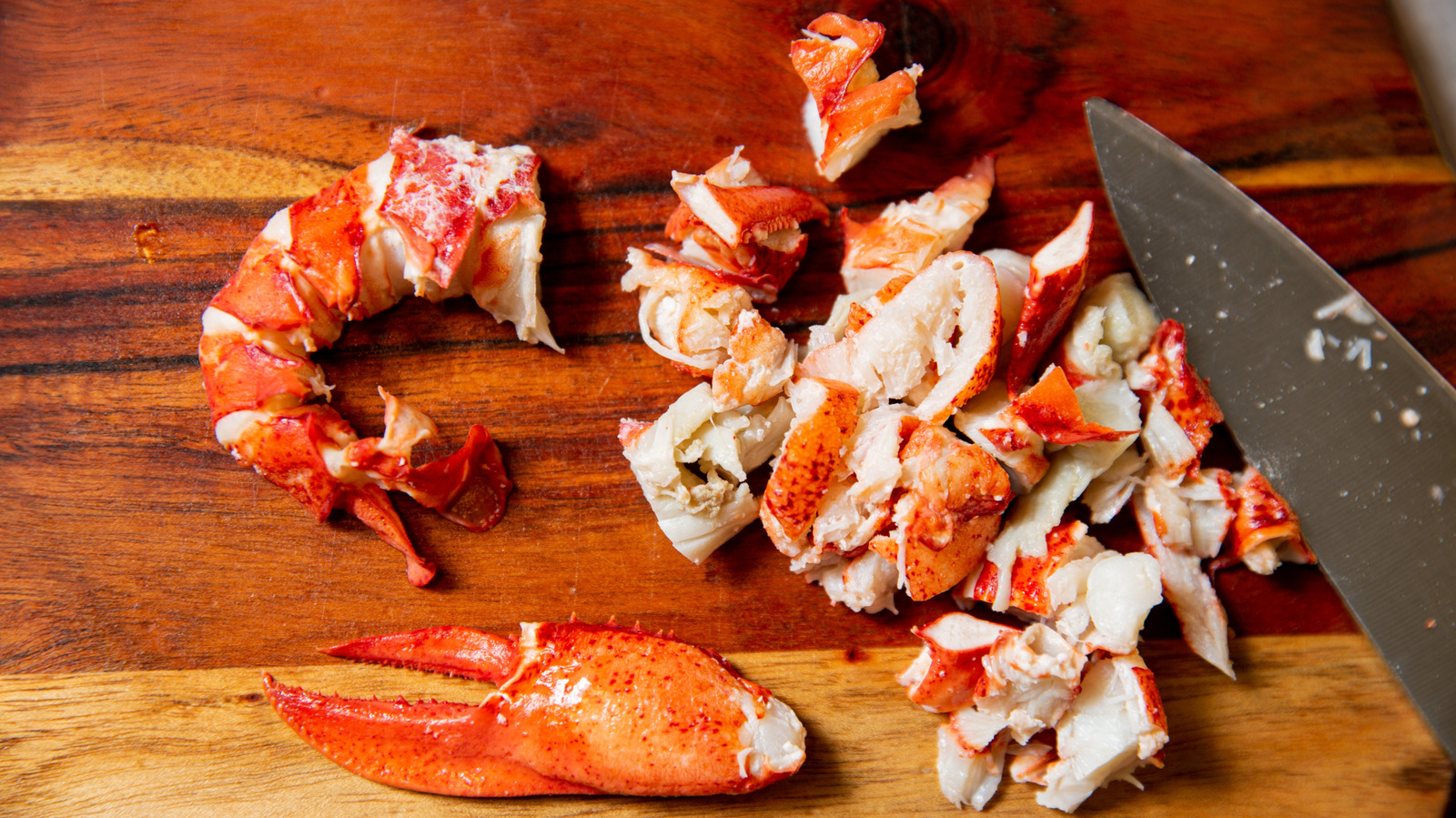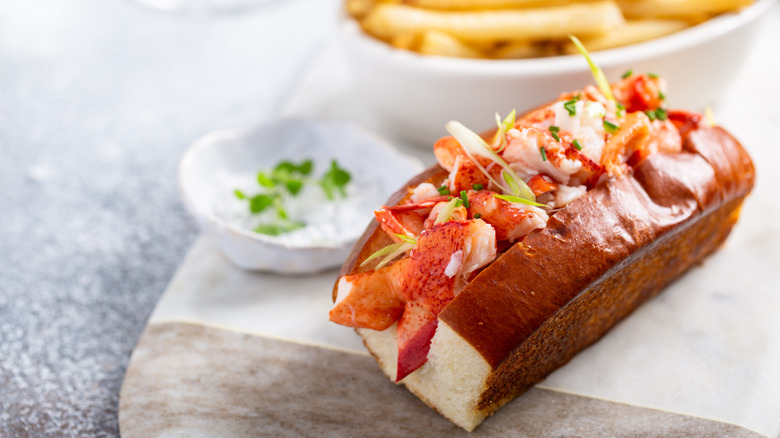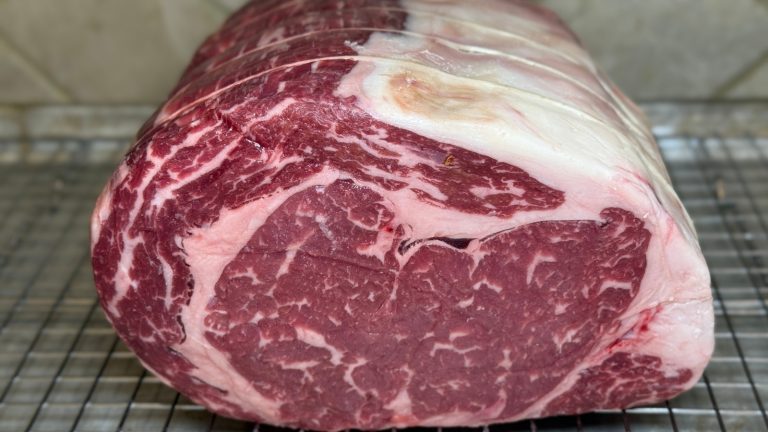Lobster rolls can be as easy or as complicated as you want to make them. You can study the exact differences between Maine and Connecticut lobster rolls to determine which one is right for you. You can give your crustacean the serious sous vide treatment for perfect lobster rolls. Or you can pick a preparation practically at random from a sea of cookery URLs and snag a bag of frozen shellfish meat. Either way, you’re going to need about 4 ounces of the stuff per roll.
Four ounces of lobster meat, sourced from the claws, knuckles, tail, and as much as you can harvest from the skimpier legs (lobster is expensive; you gotta get your money’s worth) just happens to be the perfect amount to fit into a grilled, split-top hot dog bun. You will see recipes that scale up or try to justify a little less, but 4 ounces is the most manageable measure for sandwich handling while still serving a satisfying portion. If that sounds a little low, just think of your 4-ounce lobster rolls as the pescatarian take on a quarter pounder.
Maximizing quarter-pound lobster rolls
In the spirit of a kind of underwater nose-to-tail principle, you will want to extract every bit of available meat from your lobster (if cooking and butchering at home), and chop it into evenly bite-sized pieces for peak user-friendliness. The somewhat firmer claw meat mixed with the tender tail creates a dynamic texture. Some restaurant lobster rolls are finished with a whole claw on top, but this can be challenging when cooking for groups, as there are only two per animal.
Thanks to lobster’s luxe reputation and corresponding price tag, you want to let its flavor shine. That means that, whether you’re making it the Maine way with a mayonnaise base, or Connecticut-style in a butter bath, you should use a light touch. A simple butter-poached lobster method that will leave everyone impressed can give you a gentle head start in the latter case. But you want to taste lobster, not dairy or an egg-and-oil emulsion either way. This is also why lobster rolls aren’t conducive to penny-pinching fillers; if you need to supplement the meat with much more than lemon juice and fresh herbs, you might just want to consider making something else. While they result in a different final product, crab and lobster can make for delightful substitutions when lobster is not on the menu.






